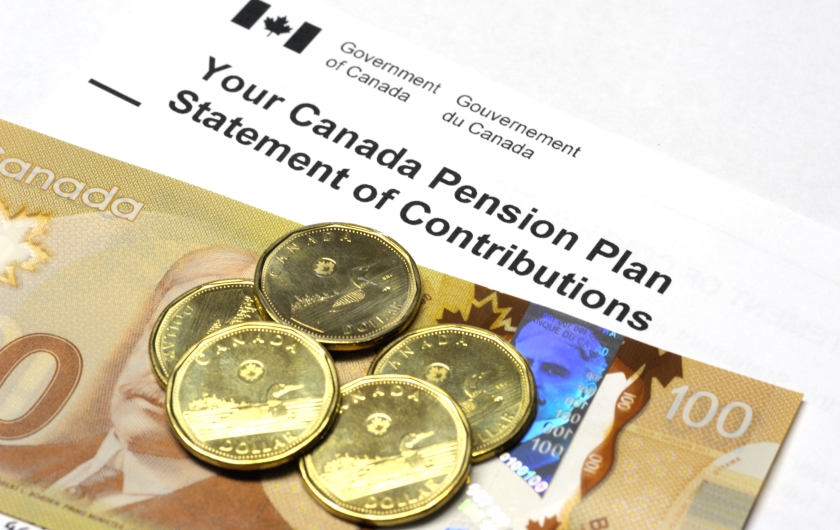Canada/Quebec Pension Plan benefits aren’t eligible for pension splitting, but you’re allowed to “share” your CPP/QPP pension with your spouse. Here’s how it works
By Olev Edur
Special rules apply to your Canada/Quebec Pension Plan (CCP/QPP) pension benefits. They’re not eligible for pension splitting (which is covered in a separate article), but you are allowed to “share” your CPP/QPP pension, and while this arrangement is quite different from pension splitting, the effect is still to move some of your income to a lower-income spouse (unless of course you both get the same amounts from CPP/QPP, in which case, nothing would change).
With regular pension splitting, you can choose how much you want to split with your spouse; CPP/QPP pension sharing means throwing all of your pension entitlements into a pot (excluding those that arose during the months prior to your entering into cohabitation with your spouse and any post-retirement benefits) and then splitting those benefits fifty-fifty. If both of you have CPP pensions, they both go into the pot for equal division; otherwise you split the one pension evenly. (Your CPP/QPP Statement of Contributions has all the details about your contribution history.)
“If, for example, one of you currently gets $2,000 and the other gets $10,000 and you’ve been living together since starting work, and you apply for pension sharing, you would end up getting $6,000 each,” says Daniel Laverdière, a senior manager of the Expertise Centre at National Bank Private Banking 1859 in Montreal. “But if you were working and contributing to the plan before you moved in together, the benefits from these contributions won’t be shared.
“It’s important to note that this is an actual transfer of income that will go on a cheque to the other person,” Laverdière adds. “This is different from pension splitting, which is an election you make on your tax return each year, without actually giving your spouse any money. Perhaps, if you have a spouse who spends too much, you would want to keep control of that money.”
You may not have a choice in the matter, however. According to the CPP as well as QPP rules, in some cases only a single signature is needed on the pension sharing application. In order to apply for CPP pension sharing, you will need your Social Insurance Number and your original marriage certificate or proof of your common-law relationship.
If you and your spouse or common-law partner are already receiving a CPP pension, only your original marriage certificate or proof of your common-law relationship is required. You must complete the pension sharing form (ISP1002) and then mail it, with the necessary supporting documents to the Service Canada office listed on the application form.
In order to share your QPP pension, you must complete an Application for Retirement Pension Sharing Between Spouses (form RRQ-060) and return it by mail to:
Retraite Québec CP 5200 Quebec (QC) G1K 7S9
“It’s pretty easy to do, and it’s generally a good idea,” Laverdière says. “If you go online to the government website, it’s pretty clearly explained.”
Photo: iStock/IPGGutenbergUKLtd.






